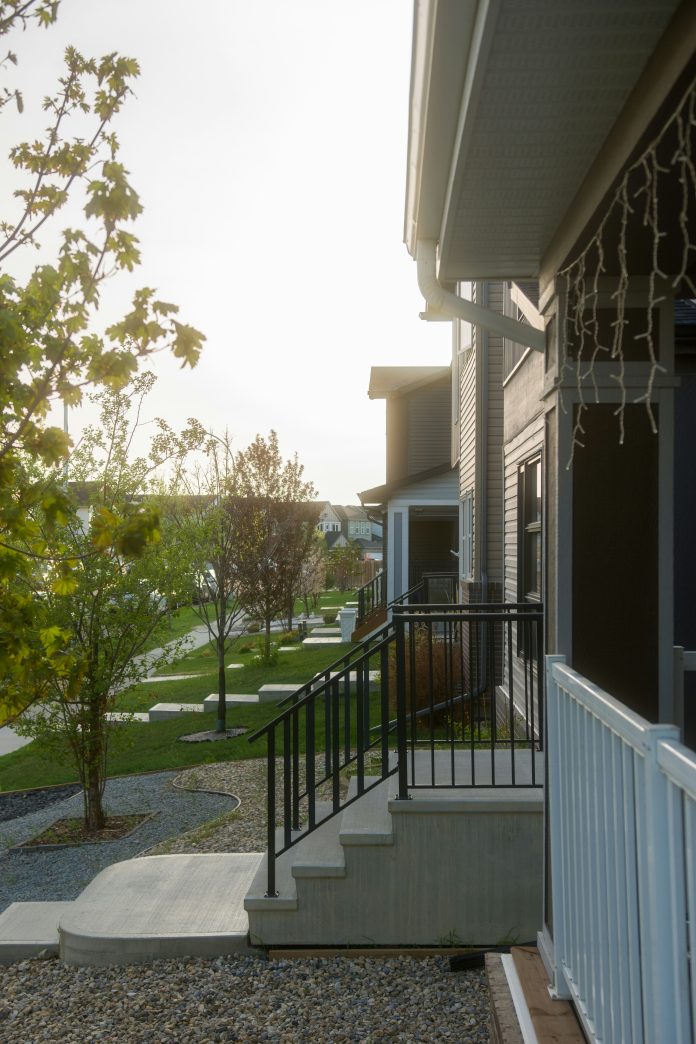by Marie Barry, local resident
Many residents of Calgary have read or are recently hearing about the City’s upcoming bylaws to change zoning to where all residential areas of Calgary would be re-zoned on a blanket basis to R-CG, but do residents understand all the implications of this? This would allow for eight units on the typical fifty-foot lot and even higher density permitted on larger sized lots. Thus, creating a greater level of densification than laid out in the various LAPs such as the Heritage Local Area Plan. These LAPs were extensive in planning and negotiations between residents and city administration. If this bylaw was implemented, it would mean that rowhouses, townhouses, multi-unit residences, single detached, or semi-detached buildings could be built in our community without anyone having input as long as the development was compliant with other city requirements such as setbacks and height.
This proposal for rezoning and urban intensity expansion will have a significant impact on our communities, the infrastructure, and the need to upgrade current infrastructure, traffic, and parking, as well as our environment. Our urban green spaces are known to be important for climate change adaptation, in particular to reduce the negative impacts of heat waves on human well-being. However, in growing cities, private green spaces, parks, street trees, and other vegetated areas are all being threatened by the increasing housing demand and densification. This new bylaw threatens the zoning of our parkland. Our municipalities face the challenge of addressing both the housing shortage and the need for climate change adaptation on limited space, but is a rushed bylaw the answer?
Densification requires thoughtful and extensive city planning. We’ve learned from other cities, such as Vancouver and Toronto, that rushed densification only increases market rates due to numerous factors. Entry level buyers are pushed out of areas that they could normally afford since developers have more incentive to purchase non-renovated homes and develop them into duplexes with each duplex selling for more than the non-renovated single-family home would.
Developers are able to bid with cash offers and no contingencies. Non-market homes only need to be 20% less than the most expensive property they’re putting on the market. It is important for residents to ensure their voices are heard as next month determines the future of our city.










